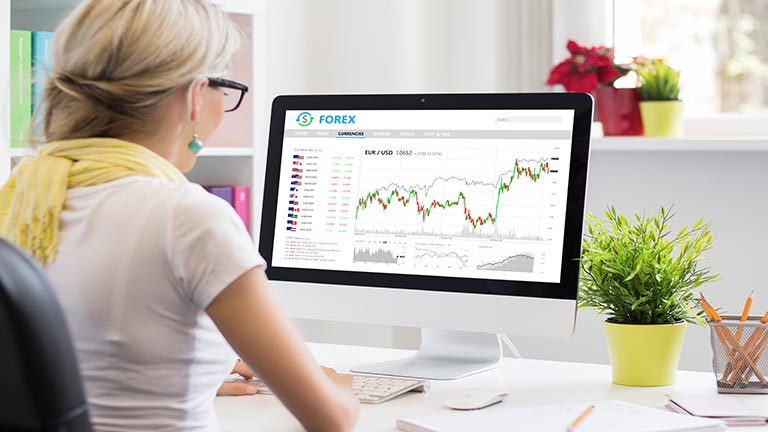Will the Tech Sector Recover in 2022?

By Dale Gillham
While the broader Australian stock market has been holding up well in the last year, the Australian technology sector has technically crashed similar to its US counterpart. By mid-May, the Australian tech sector had effectively fallen back to pre-COVID levels and taken with it the hopes of many investors who had jumped into technology stocks following the COVID crash.
Tech sector has crashed twice in the last two years
It is highly unusual to see any sector crash twice in the space of two years, yet the Information Technology sector fell 49 per cent from a high in February 2020 into the COVID low of March 2020. It then rose nearly 200 per cent over the following year into February 2021, as new investors and traders flooded the market attempting to cash in on the rise before falling way for a short period of time. After making a new all-time high in August 2021, the tech sector then fell 44 per cent into May 2022.
It is nearly 11 years since a fall of this magnitude occurred in the tech sector when it fell 42 per cent from April 2010 into August 2011. Interestingly, three years earlier the technology sector fell 50 per cent during the GFC from May 2007 into a low in December 2008. So, it’s evident that the tech sector is quite volatile with large swings in price, which is great if you are a trader but not so much if you are an investor holding over the longer term. That said, the technology sector has been the best performing sector in our market since the GFC crash, as it is up over 300 per cent since December 2008.
It’s important to remember that the tech sector is one of the smallest in the All Ordinaries Index with 87 per cent of the companies having a market capitalisation under $100 million while 70 per cent have a market cap under $50 million. When you compare these figures to the top five companies in this sector, who have a total market capitalisation of $60 billion, you start to understand how top heavy this index is and how speculative many of the companies are, which is why it pays to understand what you are doing if you decide to trade stocks in this sector.
What were the best and worst performing sectors last week?
The best performing sectors included Energy up 3.96 per cent followed by Materials up 3.83 per cent and Industrials up 1.49 per cent. The worst performing sectors included Utilities down 4.71 per cent followed by Financials down 1.30 per cent and Consumer Discretionary down 0.57 per cent.
The best performers in the S&P/ASX top 100 stocks included A2 Milk Company up 10.19 per cent followed by Fortescue Metals up 9.55 per cent and South 32 up 7.86 per cent. The worst performing stocks included Pilbara Minerals down 15.81 per cent followed by Allkem down 15.27 per cent together with a number of other lithium stocks, which have been falling heavily based on reports of declining lithium prices in the coming year. Origin Energy and Suncorp Group were also down over 9 per cent.
What's next for the Australian stock market?
There is an old saying that the stock market rises in stairs and falls in elevators and for the past sixteen trading days the All Ordinaries Index has been climbing stairs. This is because it has been rising over four to five days before falling for one or two days in what appears to be the start of a new bullish phase, as it is making higher prices with each advance.
This movement upwards is much more sustainable than what we have seen in the past; so, I suspect in the not too distant future we will be able to confirm that the All Ordinaries Index is in a new bullish phase. That said, it is still too early to tell, as we need to see the market pullback to test the recent low on 12 May at 7,157 points. If the market falls next week and holds above this low and then turns to rise, this increases the probability that we will see a bullish market in the third quarter of 2022.
I continue to urge investors to exercise patience and caution, as the current mood in our market can change quickly. So, I recommend against trying to grab a bargain especially in the lithium and technology sectors, at least in the short term.
For now, good luck and good trading.
Dale Gillham is Chief Analyst at Wealth Within and international bestselling author of How to Beat the Managed Funds by 20%. He is also author of the bestselling and award winning book Accelerate Your Wealth—It’s Your Money, Your Choice, which is available in all good book stores and online.






